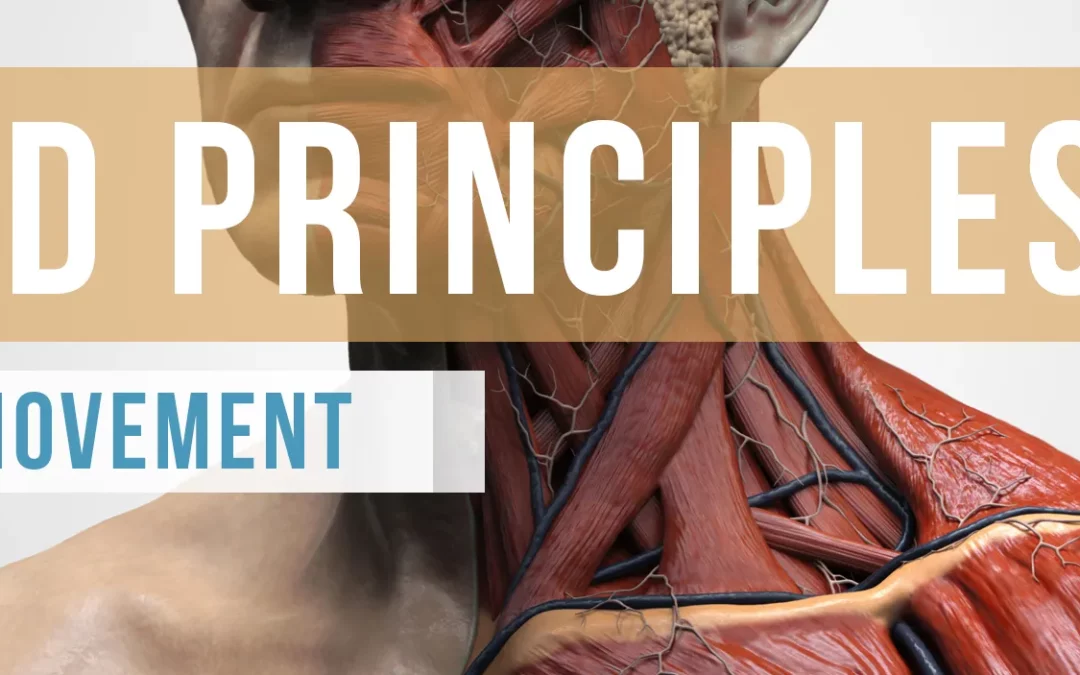What are the stages of dynamic neuromuscular stabilization?
Dynamic Neuromuscular Stabilization (DNS) is an approach to rehabilitation and exercise that focuses on the developmental movement patterns and the stabilization of the human body. There are three main stages of DNS:
Developmental Sequence: DNS is based on the understanding that movement patterns develop in a specific sequence from birth onwards. The developmental sequence is a series of fundamental movement patterns that babies go through as they develop. These include lying on the back, rolling over, crawling, and walking. DNS practitioners use these movement patterns as the foundation for rehabilitation and exercise.
Functional Joint Centration: The second stage of DNS focuses on functional joint centration. This involves ensuring that the joints are in the correct position for optimal movement and stability. This is achieved
through a combination of manual therapy and specific exercises that promote joint centration.
Dynamic Neuromuscular Stabilization: The final stage of DNS involves integrating the developmental movement patterns and functional joint centration into more complex movement patterns. This stage involves a variety of exercises and movements that challenge the body’s stability and movement control. These exercises are designed to help the body move efficiently and effectively in everyday activities.
Overall, the goal of DNS is to optimize movement patterns, improve stability, and reduce the risk of injury. DNS can be used in rehabilitation, athletic performance, and everyday movement.
What are the developmental stages of dynamic neuromuscular stabilization?
The developmental stages of Dynamic Neuromuscular Stabilization (DNS) are based on the natural progression of motor development that occurs during infancy and early childhood. DNS identifies several key stages in this process:
Supine (lying on the back) – During this stage, infants learn to activate the core muscles and stabilize the spine while lying on their backs. They also develop control of their extremities and begin to explore their environment.
Prone (lying on the stomach) – In this stage, infants learn to lift and control their heads and upper bodies while lying on their stomachs. This position helps develop the muscles of the neck, back, and shoulders.
Rolling- Rolling from back to stomach and vice versa is
an important transitional movement that allows infants to move from one position to another.
Crawling – Crawling is a crucial stage in the development of motor skills, as it involves reciprocal arm and leg movements and helps to develop stability and coordination.
Standing and walking- As infants develop strength and coordination, they begin to stand and eventually walk. These stages require greater control of balance and coordination.
In DNS, these developmental stages serve as a foundation for movement patterns and are integrated into exercises to improve stability, strength, and control throughout the body. By returning to these fundamental patterns of movement, DNS practitioners aim to optimize movement efficiency, prevent injury, and enhance athletic performance.



